How humans WON'T live on Mars.
Put your torches and pitchforks away. Of course I am a proponent of human colonization of Mars, for the obvious survival insurance it confers to our species against meteorites, nuclear war, plagues or whatever else. What I am taking issue with in this post is how Mars colonies have been depicted in popular media versus how they will actually be built.
I should know, as not only a Mars and space settlement enthusiast but a former participant in the Mars Desert Research project, a simulated Mars habitat on the San Rafael swell of the Utah desert, just outside of Hanksville.
Most depictions of human habitats on Mars have been aluminum cylinders, the old "man in a can" approach, perhaps with inflatable expansions for cultivating edible vegetables. This is indeed perfectly sensible for a habitat sent by rocket and landed on the surface of Mars. NASA's own Desert RATS model mars habitat fits this description:
However, the assumption that a whole colony supporting hundreds or thousands of people could be built on Mars simply by landing more habitats and connecting them to one another is intensely naive. Imagine for example the expense of building an entire city this way, even on Earth, sending one room at a time by rocket.
It would bankrupt us! Many times over in fact unless it were done over many centuries. So when you imagine a colony on Mars, do not picture a sprawling network of interconnected metal structures. It is feasible from an engineering perspective, but not from an economic one.
Conceptual Martian cities beneath domes, for example, make little sense. Given the insane cost per cubic foot of establishing shirtsleeves habitat space on the red planet, why would you construct conventional Earth style dwellings within a dome, rather than filling the dome with floor after floor to make full use of the interior volume?
Moreover, we cannot send what's needed for such large contiguous structures by rocket. So in order to even begin to think about establishing structures on that scale, there would need to be an already established Martian industrial infrastructure, which also requires a sizable established population. A solution to supporting all those lives without such elaborate, elegant enclosures is therefore needed.
The solution? Go underground! There are many confirmed lava tubes and cavern entrances on the Martian surface, identified by orbiters. Instead of bringing the entire habitat, why not find a "fixer-upper"? Seal the entrance after fitting it with an airlock. Compress ambient atmospheric CO2 and pump it into the interior until the pressure is Earth normal. Add electric lights and heaters powered by a nuclear reactor sent on a single lander, add nitrogen to the soil, then plant crops.
As the crops mature they will reprocess the CO2 atmosphere in the lava tube, displacing more and more of it with O2. Once it is breathable, humans could be introduced to counterbalance the plants. This would not need to be a perfect closed system; There is always more atmospheric CO2 outside that can be pumped in should the amount of O2 become excessive, and during periods of excess O2 production it can be compressed and stockpiled in tanks so that it can be released back into the environment during periods of O2 deficiency.
In this way, a comfortable living space vastly larger than any we could establish by connecting tin cans together could be established for a tiny fraction of the cost. Living underground would shield colonists from radiation which bombards the surface, and as most of what they will be there to do is mine metallic ores and smelt them into metals with which to construct surface settlements, it makes sense to house them on the work site.
Once all of this is done and we have mines, refineries, smelting plants and so on established on Mars as well as a population several thousand strong, it will become possible to produce the materials needed to construct surface settlements. But not before then! You have to walk before you can fly.
Surface settlements can consist of very Earthlike concrete buildings. Rectilinear with big, flat windows, as the pressure differential between the inside and outside won't be sufficiently strong to prevent it. This is why even the ISS has big, flat windows in the cupola module, as there's only a 14.7 psi differential between the atmosphere inside the ISS and the vacuum outside. That is roughly the same as the difference between the inside and outside of a bicycle inner tube.
Why concrete? Because it can be made out of Martian soil, or "regolith". The idea here is to use materials found on Mars to build more living space instead of sending prefabricated habitat modules by rocket. The resulting settlement would look nothing at all like this:
...But instead, more like this:
Just, y'know. Redder. However bleak it sounds to live in vast concrete cities on a barren, dead planet, that would in fact be the holy grail and integenerational dream of the first wave of colonists. A better life for their kids or grandkids than they had underground. To live on the surface where there is natural sunlight, grand views of...well, radiation blasted red desert, and a return to a more Earthlike lifestyle.
That's all for now. See you on the red frontier. (⌐■‿■)
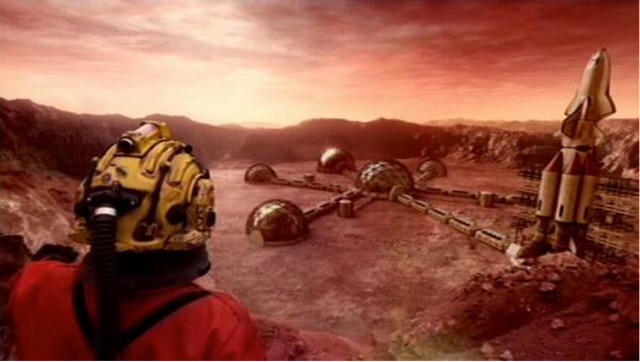
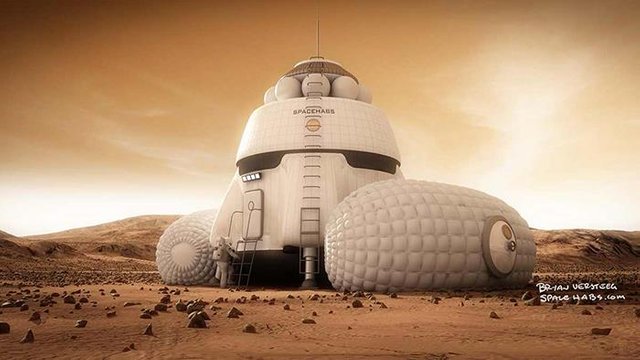
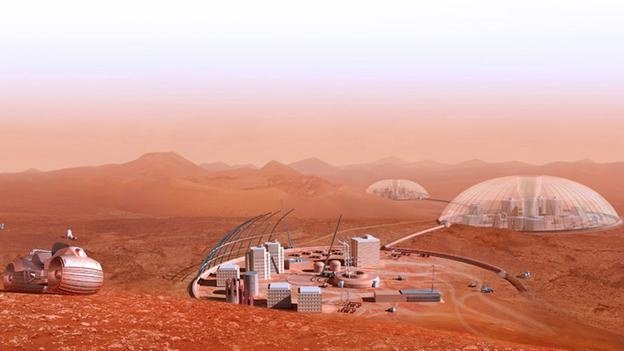
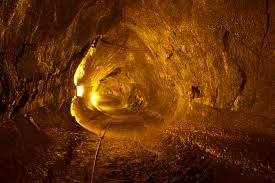
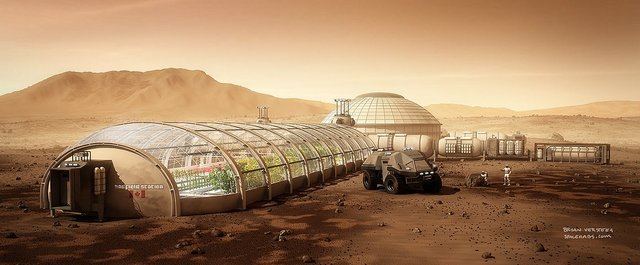
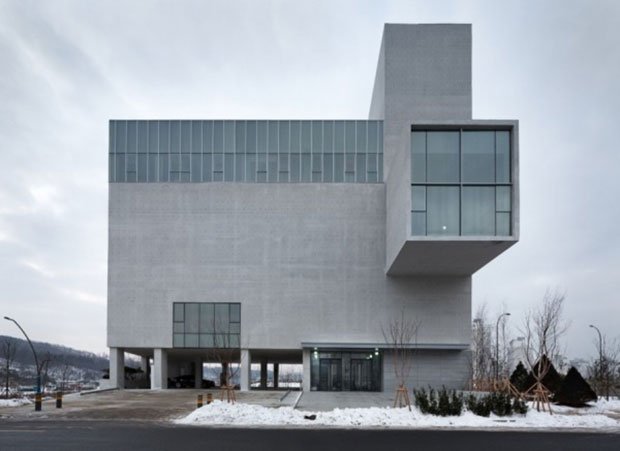

I agree! They need to be underground. Then they can use grow lights to grow food powered by the nuclear reactor you are talking about. Powering everything by solar probably won't be feasible.
Do you mean it would take so long to build structures aboveground that the first colonists would live their lives underground?
Partially, but also that structures aboveground could not be built from in situ resources (like Martian soil) until the necessary industrial facilities exist on Mars for making buildings, as well as a sufficient population to operate and maintain those facilities.
It seems logical, even though people build very fast on Earth, since they'd be starting with nothing.
"For, in order to work iron, a hammer is needed, and the hammer cannot be forthcoming unless it has been made; but, in order to make it, there was need of another hammer and other tools, and so on to infinity. We might thus vainly endeavor to prove that men have no power of working iron. But as men at first made use of the instruments supplied by nature to accomplish very easy pieces of workmanship, laboriously and imperfectly, and then, when these were finished, wrought other things more difficult with less labor and greater perfection; and so gradually mounted from the simplest operations to the making of tools, and from the making of tools to the making of more complex tools, and fresh feats of workmanship, till they arrived at making, with small expenditure of labor, the vast number of complicated mechanisms which they now possess." - Spinoza
It's all fun and games until your tools start talking, and making their own tools.